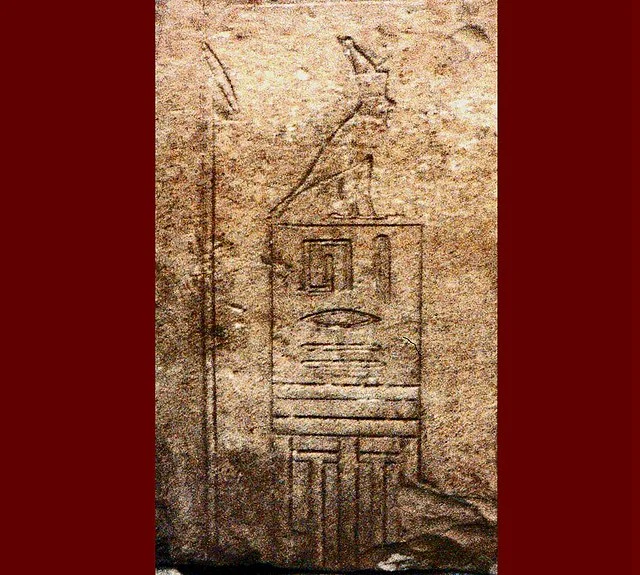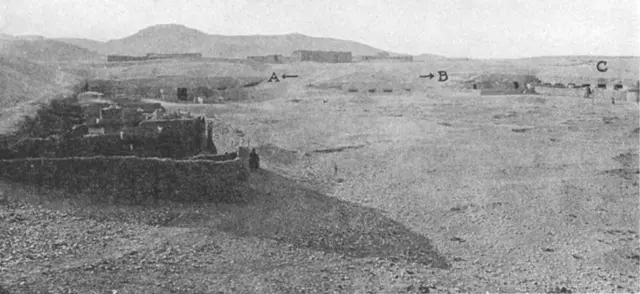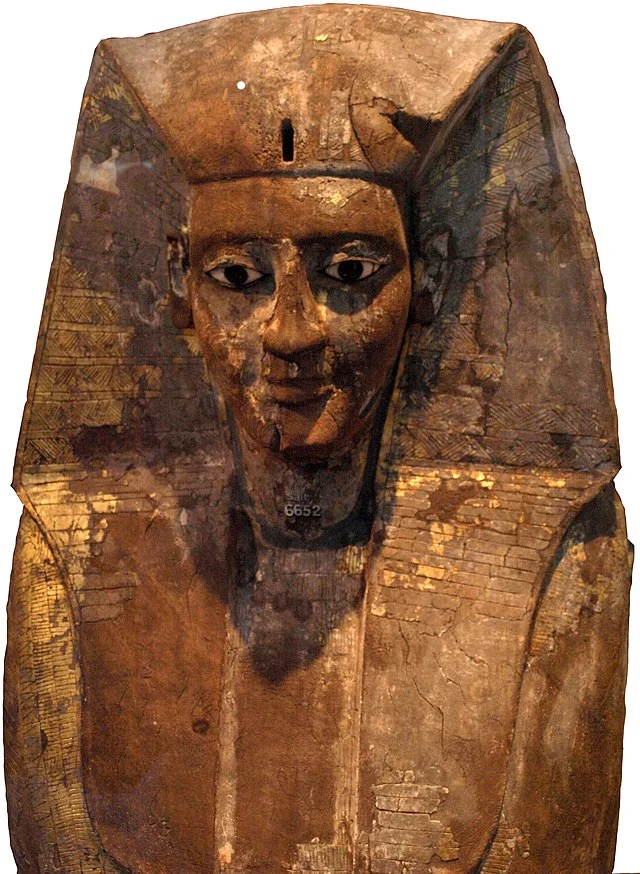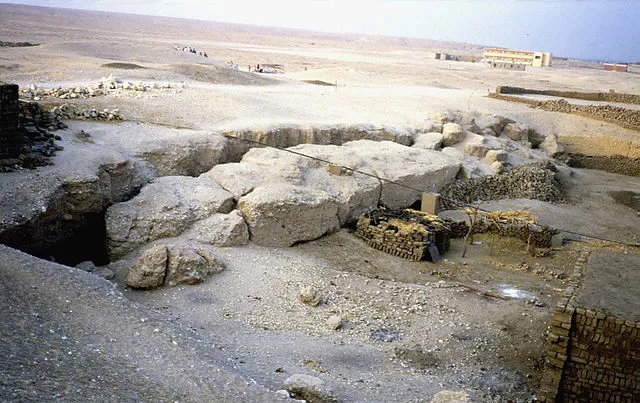The Tomb of Intef refers to several burial sites of Egyptian rulers named Intef. These rulers were part of the 11th Dynasty, which ruled during the First Intermediate Period, around 2150–1991 BC. The most notable tombs belong to Intef I, Intef II, and Intef III. Each ruler contributed significantly to the reunification of Egypt, setting the stage for the Middle Kingdom.
Get your dose of History via Email
Intef I

Intef I, also known as Sehertawy, was the first ruler of the 11th Dynasty to claim the title of pharaoh. His reign marked the beginning of the struggle to reunify Egypt after the collapse of the Old Kingdom. Intef I ruled from approximately 2134 to 2118 BC. His tomb is located in the necropolis of El-Tarif, near Thebes. It is a simple saff tomb, a type of rock-cut structure typical of this period. The tomb’s design reflects the limited resources available during the political fragmentation of Egypt.
Intef II

Intef II, known as Wahankh, was the son of Intef I. He ruled from around 2118 to 2069 BC. Under his leadership, the kingdom of Thebes expanded its control over neighboring regions. Intef II’s tomb is also in El-Tarif. It is larger and more elaborate than his predecessor’s tomb, reflecting the growing power and resources of the Theban rulers. The tomb features a portico, a large courtyard, and a chapel, all cut into the rock.
Intef III

Intef III, also known as Nakhtnebtepnefer, was the last of the Intef rulers. He reigned from approximately 2069 to 2061 BC. During his reign, Thebes continued to grow in power, setting the stage for the reunification of Egypt under Mentuhotep II. His tomb is likewise located in El-Tarif. It follows the architectural style of his predecessors but is more refined. The tomb includes a large forecourt and a portico, indicating the increasing wealth and influence of the Theban kingdom.
Significance
The Tombs of Intef are significant for understanding the political and architectural developments of the First Intermediate Period. They reflect the struggles and achievements of the 11th Dynasty as it worked to restore order and unity to Egypt. The architectural features of these tombs, such as the saff design, influenced later royal tombs in the Middle Kingdom.
Conclusion
The Tombs of Intef provide valuable insights into a crucial period of Egyptian history. They represent the resilience and ambition of the Theban rulers as they laid the foundation for Egypt’s reunification. The tombs also highlight the evolving architectural styles that would shape future dynastic burials.
Source:

